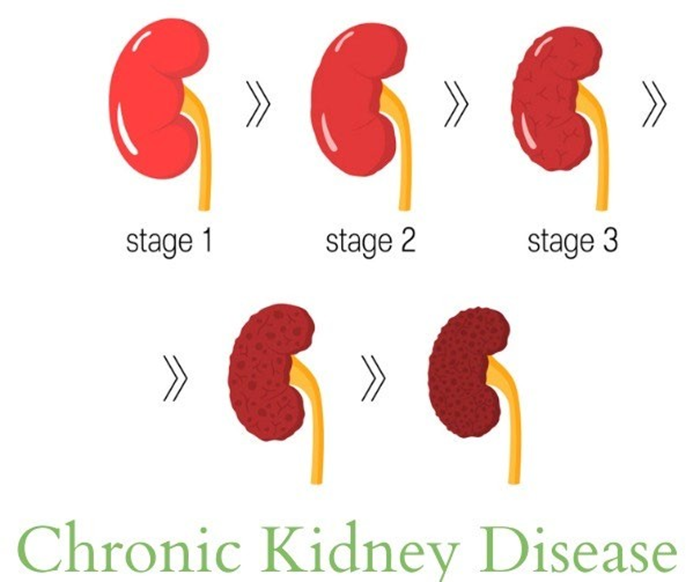A recommended position for a patient in acute pulmonary edema is:
Recovery position, lateral with the upper leg flexed and forward, and the upper hand across the chest with the back of the hand supporting the cheek.
Prone position, to encourage maximum rest, thus decreasing respiratory and cardiac rates.
Sitting up position (45 degrees or greater) to facilitate breathing and decrease venous return.
Trendelenburg position, to drain blood from leg veins into the heart, i.e., the organic fluid bolus.
The Correct Answer is C
Choice A reason: The recovery position is not typically recommended for patients with acute pulmonary edema as it does not facilitate optimal breathing.
Choice B reason: The prone position is not generally recommended for acute pulmonary edema as it may not aid in improving oxygenation or breathing.
Choice C reason: The sitting up position, especially at an angle of 45 degrees or greater, is recommended for patients with acute pulmonary edema as it helps to facilitate breathing and decrease venous return to the heart.
Choice D reason: The Trendelenburg position is not recommended for acute pulmonary edema as it can increase the pressure in the chest and worsen breathing difficulties.
Nursing Test Bank
Naxlex Comprehensive Predictor Exams
Related Questions
Correct Answer is A
Explanation
Choice A reason: Aluminum hydroxide is an antacid that is also used to reduce phosphate levels in people with certain kidney conditions. It binds phosphate in the gut and prevents its absorption, which is beneficial for patients with CKD who often have elevated serum phosphorus levels.
Choice B reason: Aluminum hydroxide does not primarily affect serum calcium levels. It is not prescribed for lowering calcium.
Choice C reason: Aluminum hydroxide does not primarily affect serum magnesium levels. It is not prescribed for lowering magnesium.
Choice D reason: While aluminum hydroxide does not directly lower serum potassium levels, it can be used in conjunction with other treatments for hyperkalemia.

Correct Answer is C
Explanation
Choice A reason: Lactated Ringer's solution does not provide the necessary glucose and may not be compatible with TPN.
Choice B reason: 0.45% sodium chloride (0.45% NaCl) is a hypotonic solution and does not provide adequate calories for a patient on TPN.
Choice C reason: 10% dextrose in water (D10W) is the appropriate choice as it provides a source of calories and prevents hypoglycemia until the next TPN bag is available.
Choice D reason: 5% dextrose in lactated Ringer's solution (D5LR) provides less dextrose than D10W and may not prevent hypoglycemia as effectively.
Whether you are a student looking to ace your exams or a practicing nurse seeking to enhance your expertise , our nursing education contents will empower you with the confidence and competence to make a difference in the lives of patients and become a respected leader in the healthcare field.
Visit Naxlex, invest in your future and unlock endless possibilities with our unparalleled nursing education contents today
Report Wrong Answer on the Current Question
Do you disagree with the answer? If yes, what is your expected answer? Explain.
Kindly be descriptive with the issue you are facing.
